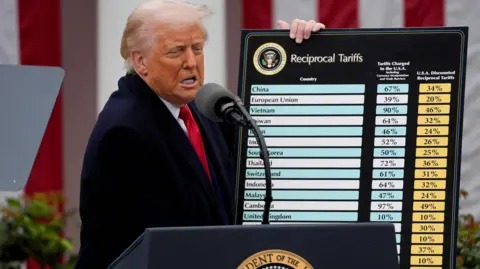Tariffs are being used as a lever of foreign policy as much as economics. The U.S. strategy of “reciprocal” tariffs (that is, imposing duties based on trade deficits or other countries’ behaviour) signals a shift in how trade relations are managed. Countries under threat of high tariffs may respond via diplomacy, concessions Tariff News, or counter‑measures. For example, India is in a trade‑diplomatic crisis with the U.S. following steep tariff steps. Wikipedia
• For developing countries / export‑oriented economies
Nations that rely significantly on exports to larger markets (like the U.S.) are particularly vulnerable. The Indian seafood example is illustrative: falling exports to the U.S., rising duties, and the need to shift to other markets or add value. These shocks can ripple through employment, investment, and trade balances.
Impact for Pakistan & the region
Since you’re in Pakistan, there are some direct or indirect implications to keep in mind:
-
Pakistan recently agreed with the IMF to cut its average applied tariffs by ~43 % over five years, moving from ~10.6 % to ~6 %. Business Standard This suggests Pakistan is moving toward trade liberalisation, which could increase exposure to shocks from global tariff changes.
-
If major economies impose or defend against tariffs, Pakistani exporters could either face opportunities (if their products become relatively cheaper) or increased competition (if supply chains shift).
-
Shifts in global shipping, logistics, input‑costs or supply disruptions (stemming from trade friction) could raise costs in Pakistan’s manufacturing/export sectors.
What to watch going forward
-
The Supreme Court decision on the U.S. tariff case. This could set a precedent for how far a President can go in imposing tariffs without Congress.
-
Retaliatory moves by countries affected by U.S. tariffs. If retaliation escalates, trade wars could deepen.
-
How other major economies respond—will they impose tariffs, negotiate, restructure supply chains?
-
Cost pass‑through to consumers: higher tariffs often lead to higher consumer prices and inflation.
-
Export shifts: whether exporters in countries like Pakistan, India, Vietnam pivot to new markets or add value to escape punitive tariffs.
-
The logistics/supply chain angle: shipping, manufacturing inputs, cross‑border production may see disruption or reorganisation.
Conclusion
Tariffs might sound like a standard tool of trade policy, but the current developments show how impactful they are—not just economically, but legally, politically and globally. For businesses, exporters, consumers and governments, the stakes are high. As trade becomes more volatile, adaptability and strategic planning gain importance.
